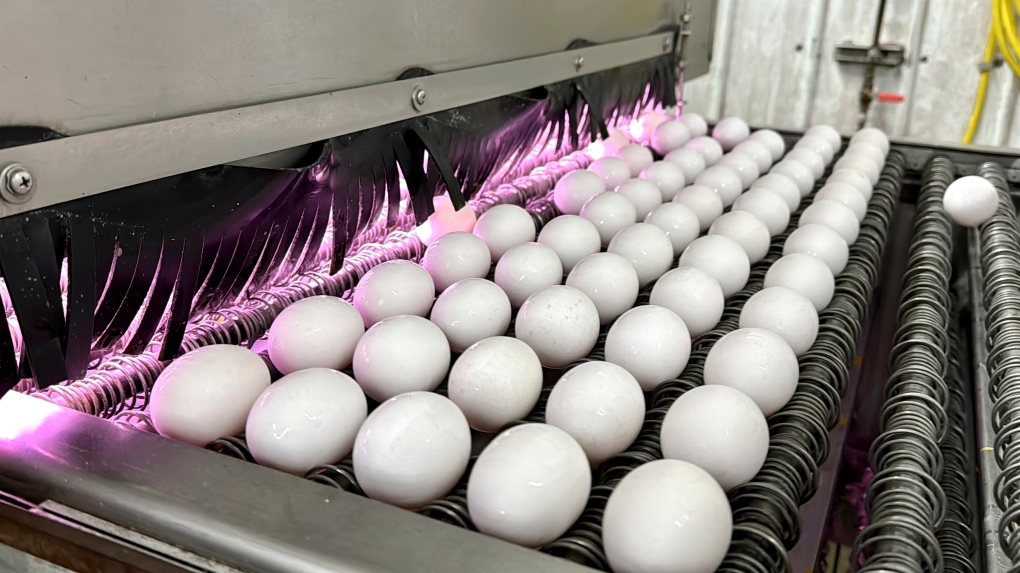During the COVID-19 pandemic, strapping on a face mask to head out for the day has become second nature for many — but not every face mask fits every face the same way, leading some to come up with tricks to improve the fit of their mask and thus provide more security.
But do these tricks actually work to get a better fitting mask?
That’s the question researchers from the University of Cambridge were seeking to answer when they tested seven popular hacks for improving the fit of KN95 and surgical masks.
These hacks include things like knotting the ear loops, using rubber bands to tighten the fit, stuffing gauze in gaps at the nose bridge, or even wearing a strip of pantyhose over the mask to secure it better to the face.
Researchers found that while some hacks do work, they can sometimes compromise the comfort of the mask, suggesting that certain hacks are best for short-term use — and that more long-term solutions need to be found by mask manufacturers.
WHY HACK THE MASK?
It’s well established that wearing a mask can significantly decrease the chances of COVID-19 transmitting between individuals, but while the fit of the mask is key in increasing protection, most masks widely available to the public do not have a very good fit.
“In order to provide the advertised protection, a mask needs to fit tightly to the face – there should be no visible gaps around the edge of the mask,” Eugenia O’Kelly with Cambridge’s Department of Engineering and the paper’s first author said in a press release.
While you can easily find “fit hacks” with a quick Google search, these hacks have largely been untested by experts, researchers said in a report published Wednesday in the journal PLOS One.
“We’ve seen lots of anecdotal evidence of people hacking their masks to better fit the shape of their face, but we wanted to validate whether any of these hacks actually work, as very little research has been done in this area,” said O’Kelly.
In order to test whether each hack actually improved the fit and the safety of the masks, researchers measured how many particles were inside versus outside of the mask during each individual hack, and then used that data to create a fit score that they could compare to the base fit score of the mask with no hacks applied.
They tested the hacks on a surgical mask and a KN95, and tested them on multiple faces — three women and one man.
During the tests, participants used both normal and heavy breathing, and moved their heads and talked to see how the mask fit changed during regular activities.
SO WHAT HACKS WORKED BEST?
Of the seven hacks that were tried, two stood out: pantyhose and tape.
In the pantyhose hack, you stretch a cut-out strip of sheer pantyhose around the face and neck over top of the mask, in order to keep the mask pressed more firmly to the face.
With the tape hack, you seal the edges of the mask to the face with cloth tape along the edges.
Researchers found that the pantyhose hack increased the fit of KN95s significantly overall. However, there was a lot of variation in effectiveness depending on which of the participants’ faces it was on. Two different brands of KN95 were also tested, and Brand A saw a much bigger jump in fit quality with this hack than Brand B did.
The tape hack improved the fit score of KN95s by around 14.7 points on average.
Tape and pantyhose were also the best two tricks for improving the fit on surgical masks.
The other hacks researchers tested were stuffing gauze into visible gaps, using first-aid gauze as a bandage to tightly bind the mask to the face, criss-crossing three rubber bands around the ears and face in order to create a “brace” over a surgical mask, and knotting the ear loops of a larger mask at the edges of the mask itself to make it smaller.
These other hacks produced only mild improvements to fit on average, researchers found, although some were more successful with certain participants than others.
One big aspect that makes these hacks non-universal is that every face is different. Researchers found that the individual feature that changed how well a hack worked or not the most was the nose bridge, with those who had prominent nose bridges struggling more to get the mask to fit with no gaps.
However, the majority of the hacks had a drawback: many made the masks more uncomfortable to wear.
In the case of the pantyhose, participants found the mask more uncomfortably tight afterwards, and application could be difficult, with the mask sometimes shifting out of place while participants were attempting to stretch the nylon tights over it.
The tape wasn’t uncomfortable while participants were wearing the mask, but peeling the tape off afterwards could be slightly painful.
“For most of the hacks, comfort was a big issue,” said O’Kelly. “The rubber bands for example, tended to put painful pressure on the ears and face, to the point where they hindered circulation to the ears. However, using an effective but uncomfortable hack may make good sense in some high-risk situations, where the discomfort is worth it for the added protection, but it would be harder to wear these hacks day in and day out.”
In terms of whether a surgical or KN95 mask provided better protection after being hacked, researchers found that the KN95 was a better bet overall, which aligns with previous research.
“Although KN95 masks have a high filtration efficiency, the fit is often poor and our results indicate that using KN95 masks with fit hacks can potentially provide high levels of protection,” the study said.
The general takeaway is that while some hacks appear to work better than others on a variety of faces, it’s worth it to test them individually, as face shapes differ so strongly.
“Overall, whilst we found that fit hacks did generally improve mask performance, it is difficult to predict the effects for a given individual or face type,” the study stated.
O’Kelly suggested that people who are worried about the fit of their masks can observe in the mirror whether there are any visible gaps around the edges, and, if possible, test a variety of masks or different mask sizes if available to find which one fits best.
“If you take a breath in, you’ll want to see the material move a little bit, which indicates a pretty good fit,” said O’Kelly. “If you’re worried about getting the best fit possible, you may want to try first aid tape around your chin and cheeks.”







More Stories
Bird flu outbreaks: WHO weighs in on public health risk
From faulty kids’ cribs to flammable kids’ bathrobes, here are the recalls of the week
Solar eclipse eye damage: More than 160 cases reported in Ontario, Quebec | Globalnews.ca